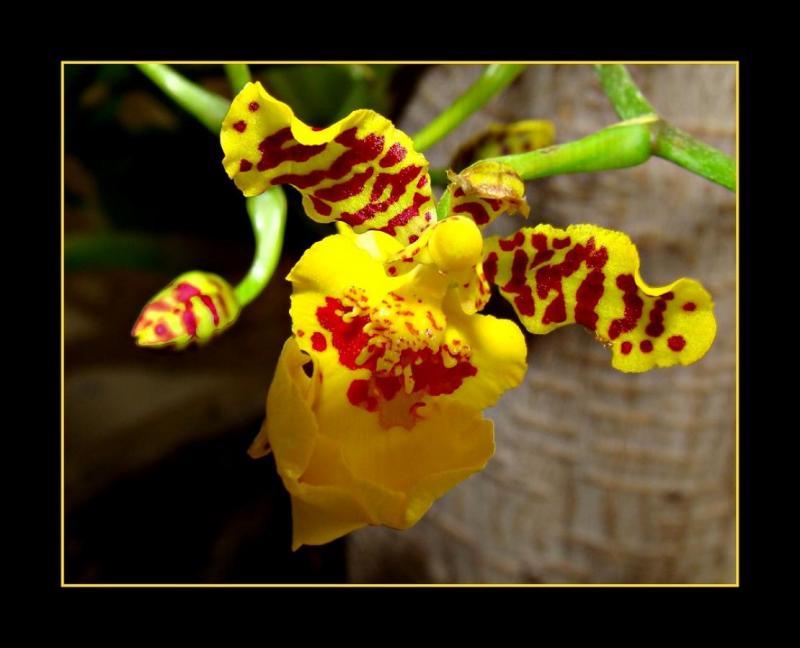Oncidium altissimum
Also known as: The Extremely High Oncidium or Oncidium wydleri Oncidium hannelorae Oncidium forkelii in the subfamily: Epidendroideae
Native to: Belize Chiapas - Mexico Departamento de Copan - Honduras Guatemala Guerrero - Mexico Oaxaca - Mexico Puerto Rico Veracruz - Mexico
General Information
The Extremely High Oncidium is a medium sized sympodial warm to hot growing epiphytic orchid belonging to the sub family Epidendroideae native to Belize, Mexico, Honduras, Guatemala, and Puerto Rico.
Plant Description
Sympodial. Grows to 0.1-0.3cm. Each new growth has numerous leaves that grow to 4-100cm long. Pseudobulbs grow to 15cm
Flowers
Numerous blossoms appear during Summer
Blooming Season
- Summer
Care Notes
These orchids have a fine root system that can quickly die back if left dry for too long, but also does not like to be kept wet, so water regularly but ensure that the mix is dry before watering.
Climate
Grows at low to high elevations. Rainfall ranges from 64mm to 168mm per day, heaviest in June and lightest in February. Humidity ranges from 74% to 80%, highest in August and lowest in February. Temperature ranges from 16C to 25C, highest in August (19C to 25C) and lowest in February (16C to 22C).
Watering
These orchids prefer a wet-dry cycle between waterings, they should be watered frequently but only when the moisture is approaching dryness, where the pot feels light and/or the media looks dry. Keep an eye on mounted orchids in warm weather as they may dehydrate quickly.
Fertiliser
These plants do well with slow release fertiliser at the rate of 2-3 pellets per cup (250ml) of media. Additional fertiliser during the growth period may be beneficial, but not necessary.
Potting
These plants are quite forgiving and will do well repotted ever 2-3 years. The mix should be coarse, well draining, and allow space for air to move and for roots to grow.
Alternatively, these plants will also do well mounted to tree fern or cork slabs, or mounted to trees.
Best time for repotting or mounting the orchids is the end of winter when new growths start to appear. Avoid repotting during hot weather,
Repotting is best done annually.













